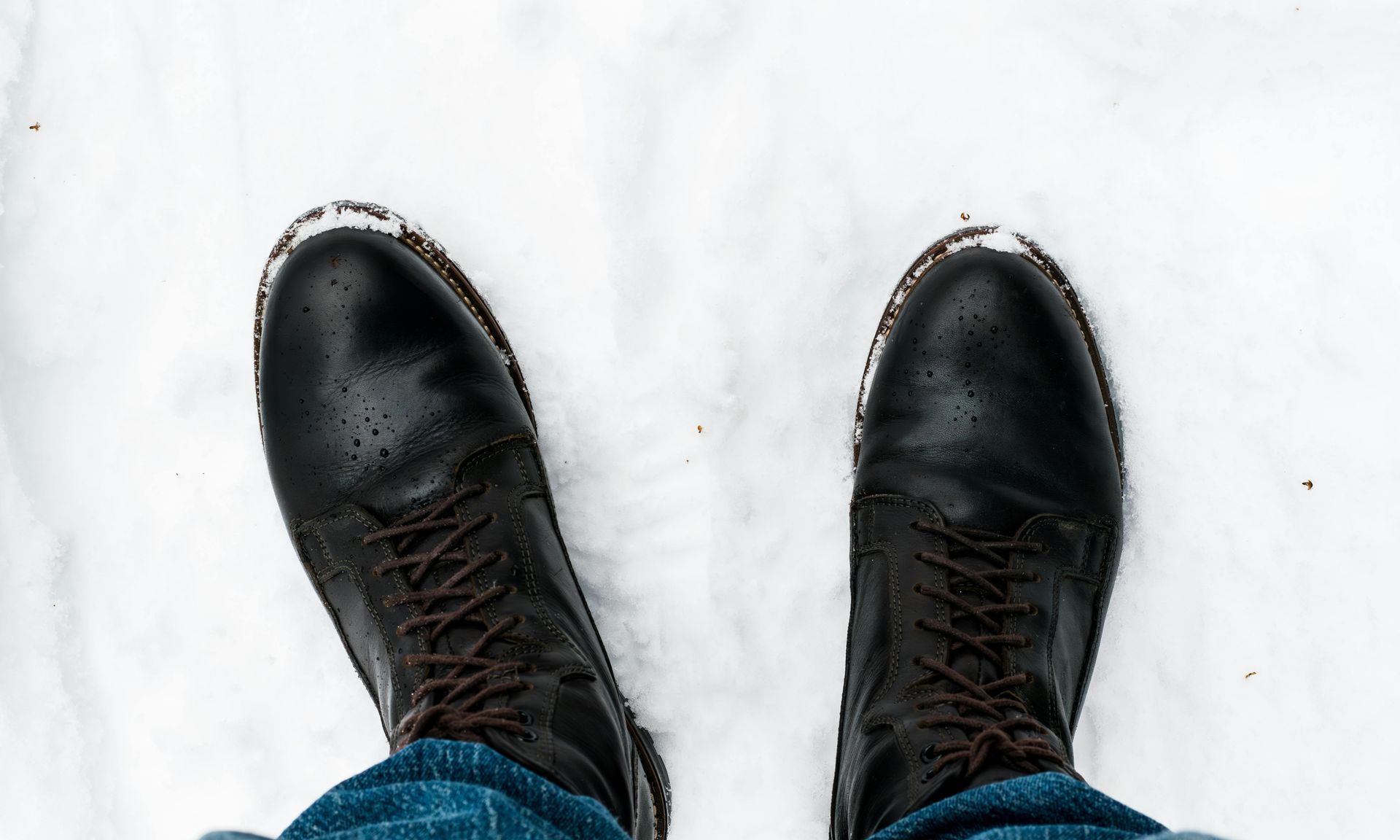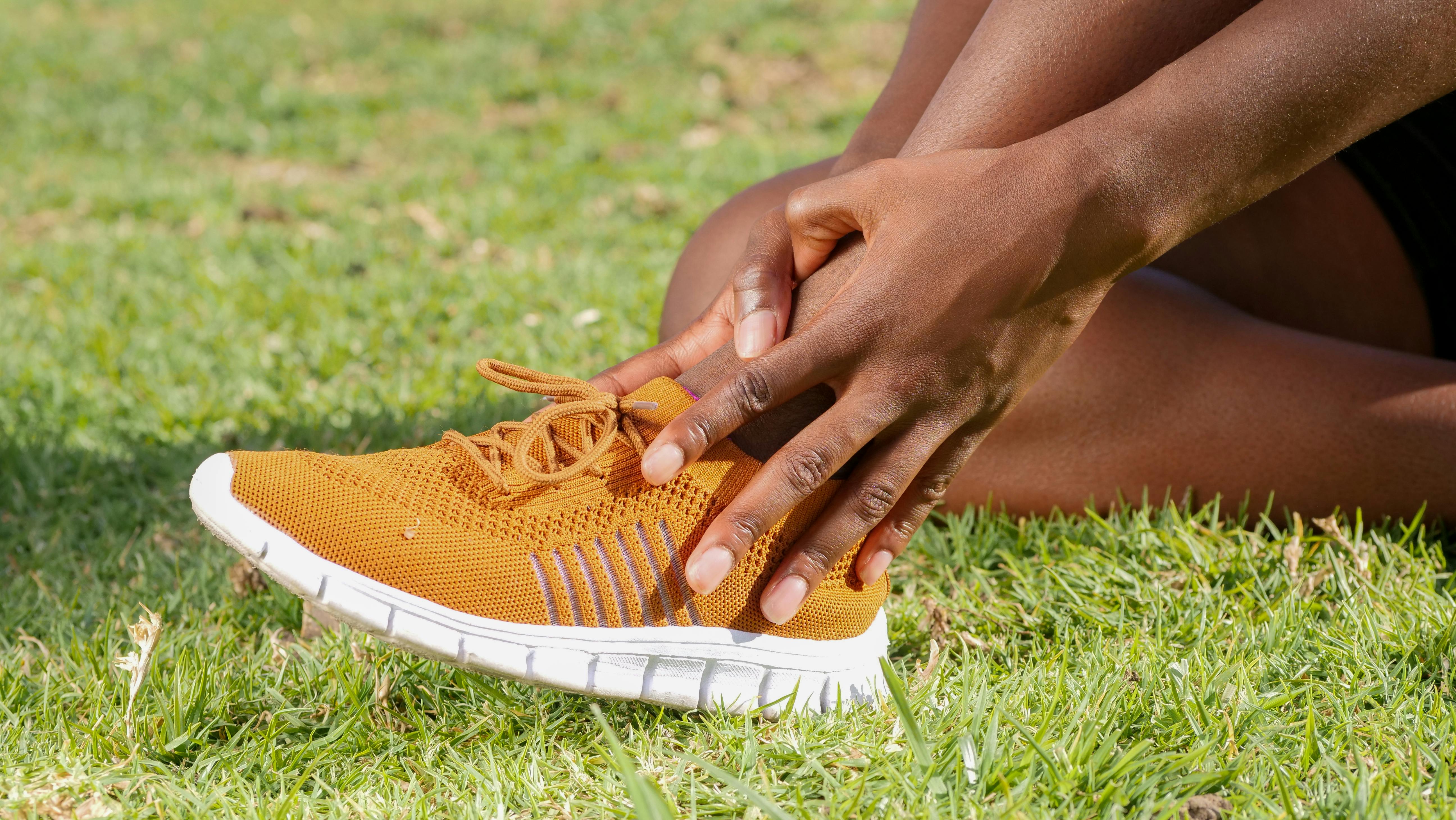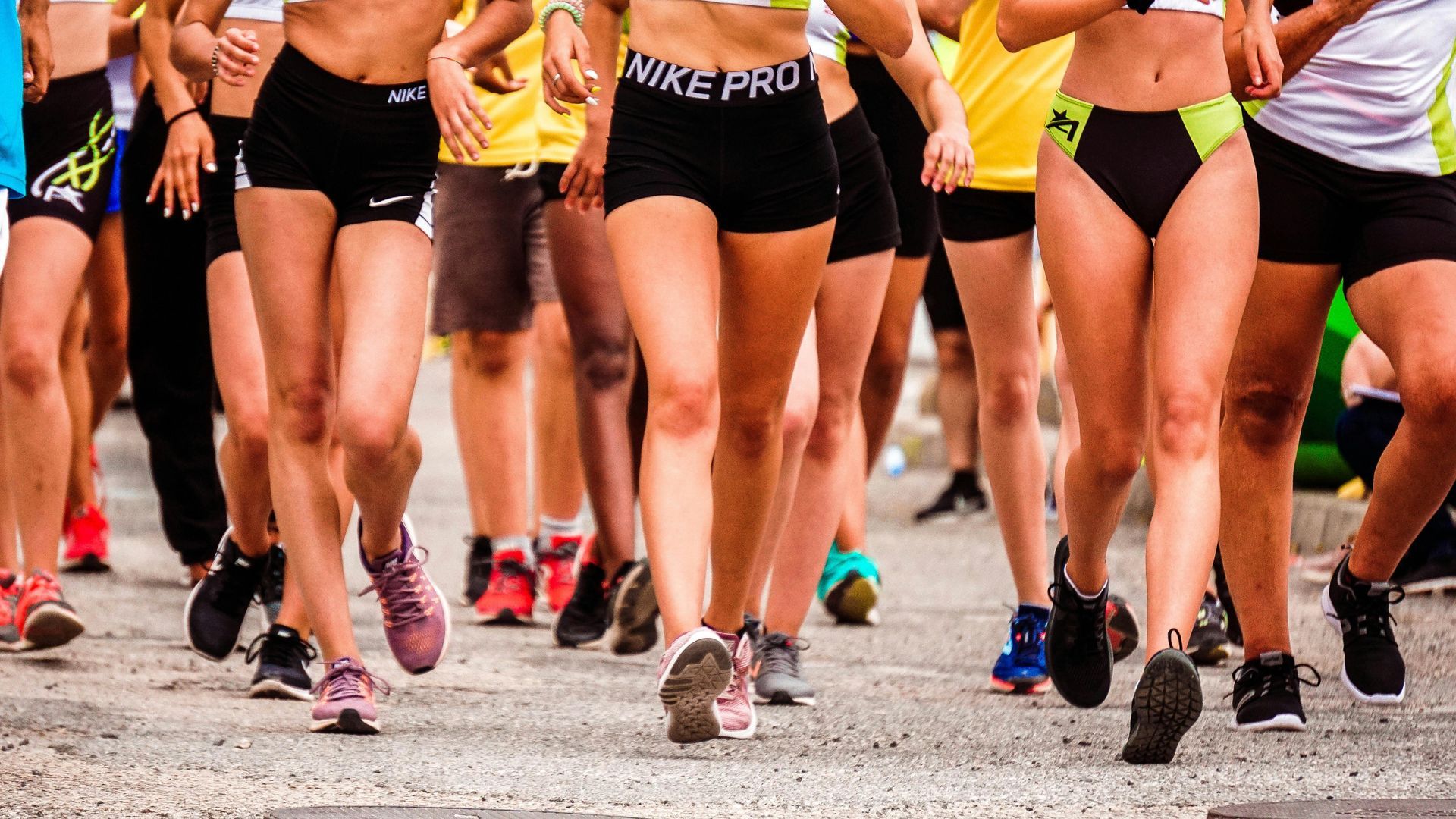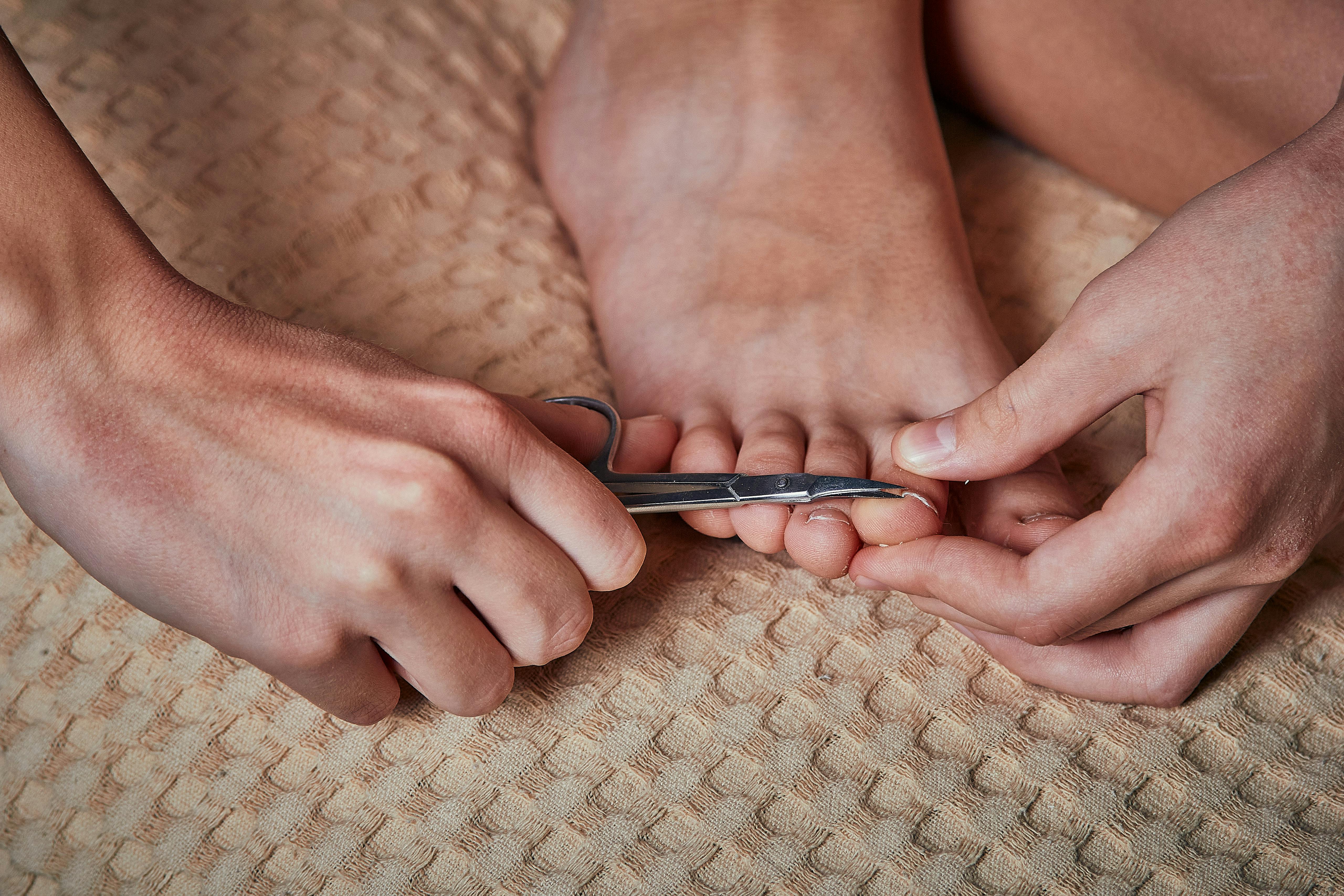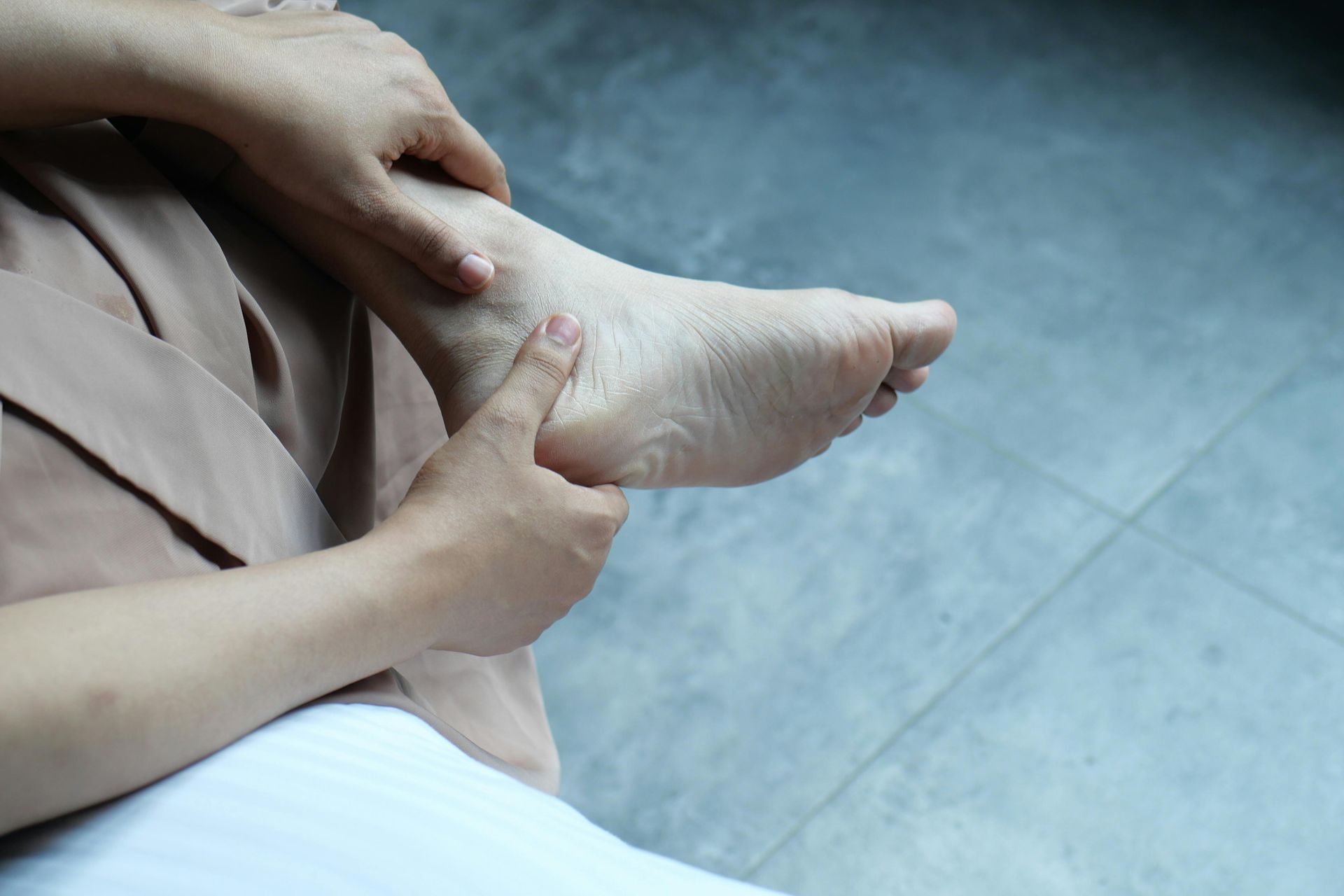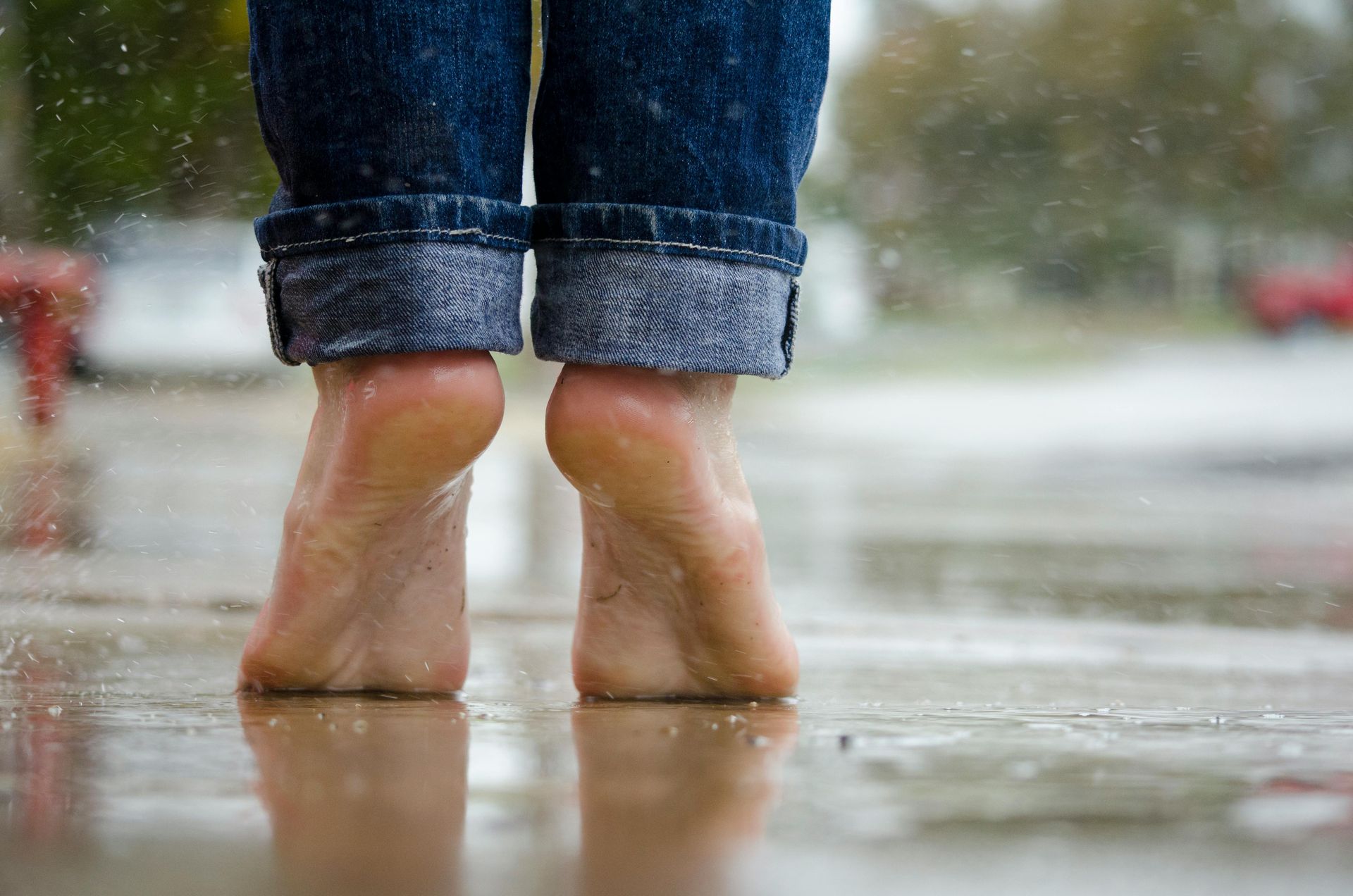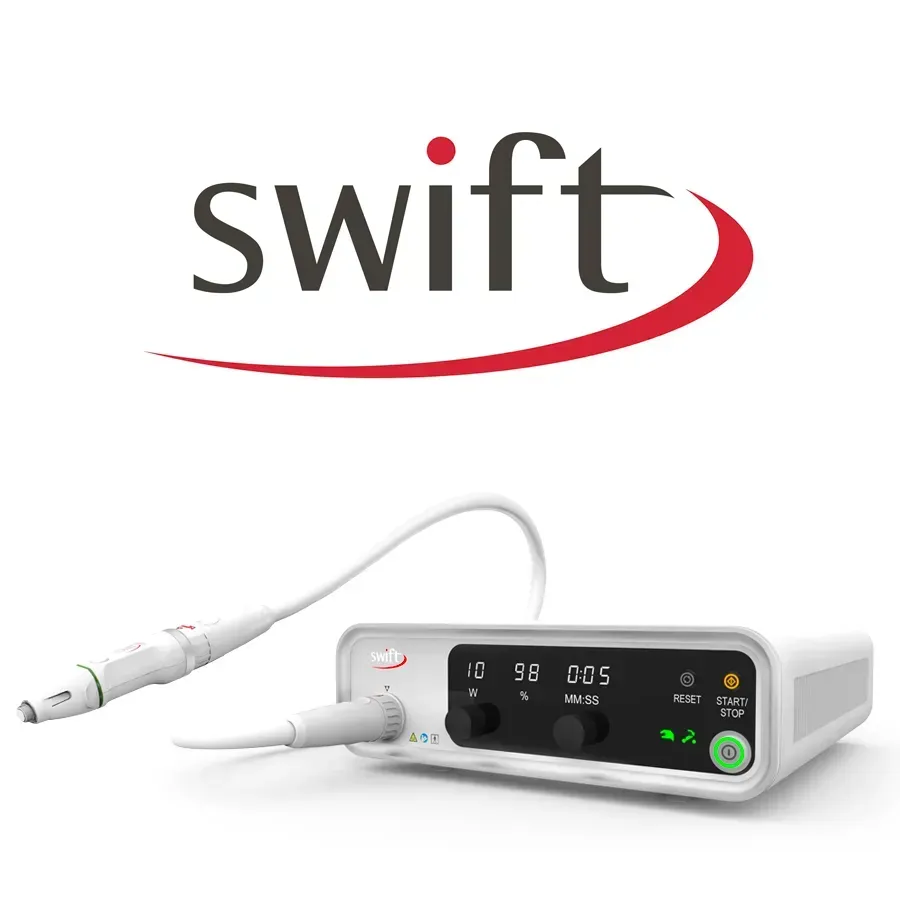UNDERSTANDING ATHLETE'S FOOT - CAUSES, SYMPTOMS AND TREATMENT
Itchy, uncomfortable feet can make daily life unpleasant — and one of the most common culprits is athlete's foot. This fungal infection affects millions of people each year and thrives in warm, moist environments. The good news? With the right treatment, it can be managed and prevented effectively.
Here’s everything you should know about athlete’s foot, including its causes, symptoms, treatment options, and how to stop it coming back.
1. What Is Athlete’s Foot?
Athlete’s foot (also called tinea pedis) is a fungal infection that usually affects the skin between the toes but can also spread to the soles and sides of the feet.
It’s most common in people who wear enclosed shoes for long periods, use shared changing rooms, or have feet that tend to get warm and sweaty. Despite the name, it doesn’t only affect athletes — anyone can get it.
2. Common Symptoms
Typical signs of athlete’s foot include:
Itching, burning, or stinging between the toes
Redness or flaky, peeling skin
White, soggy skin between toes
Cracked heels or scaling on the soles
In more severe cases, blistering or oozing skin
If left untreated, it can spread to other areas of the foot, toenails, or even the hands.
3. How It Spreads
The fungus thrives in warm, moist environments such as locker rooms, swimming pools, and inside sweaty shoes. It spreads through:
Direct contact with infected skin
Walking barefoot on contaminated surfaces
Sharing towels, socks, or shoes
Because the fungus is contagious, early treatment and good hygiene are key.
4. Who’s Most at Risk
You’re more likely to develop athlete’s foot if you:
Wear tight, enclosed shoes
Have sweaty feet
Use communal showers or changing rooms
Have a weakened immune system
Have diabetes or circulation problems
5. Treatment Options
Most cases of athlete’s foot can be treated effectively with antifungal medication. Common options include:
Topical antifungal creams, sprays, or powders — available over the counter or from your podiatrist.
Prescription-strength medication — for more persistent infections.
Keeping feet clean and dry — crucial to support healing and prevent recurrence.
👉 Important: Even if symptoms improve quickly, continue treatment for the full recommended course to make sure the fungus is completely gone.
6. How to Prevent Athlete’s Foot
Prevention is often easier than treatment. Good daily habits can keep fungus away:
Wash and dry feet thoroughly every day (especially between toes).
Wear moisture-wicking socks and change them daily.
Let shoes air out between uses.
Avoid walking barefoot in public showers or changing rooms — wear flip-flops instead.
Don’t share towels, socks, or shoes.
Use antifungal powder if you’re prone to sweaty feet.
7. When to See a Podiatrist
You should book an appointment if:
Your symptoms don’t improve after a couple of weeks of treatment.
The infection spreads to your nails (causing thick, discoloured toenails).
You have diabetes or circulation issues.
You experience pain, swelling, or signs of a bacterial infection (e.g. pus or increasing redness).
👣 Healthy Feet, Happy Feet
Athlete’s foot is common — but it doesn’t have to keep coming back. With proper treatment and simple daily foot care, you can clear the infection and protect your feet in the future.
If you’re dealing with stubborn or recurring symptoms, a podiatrist can help with tailored advice and professional treatment options to get your feet feeling comfortable again.
Recent Posts
